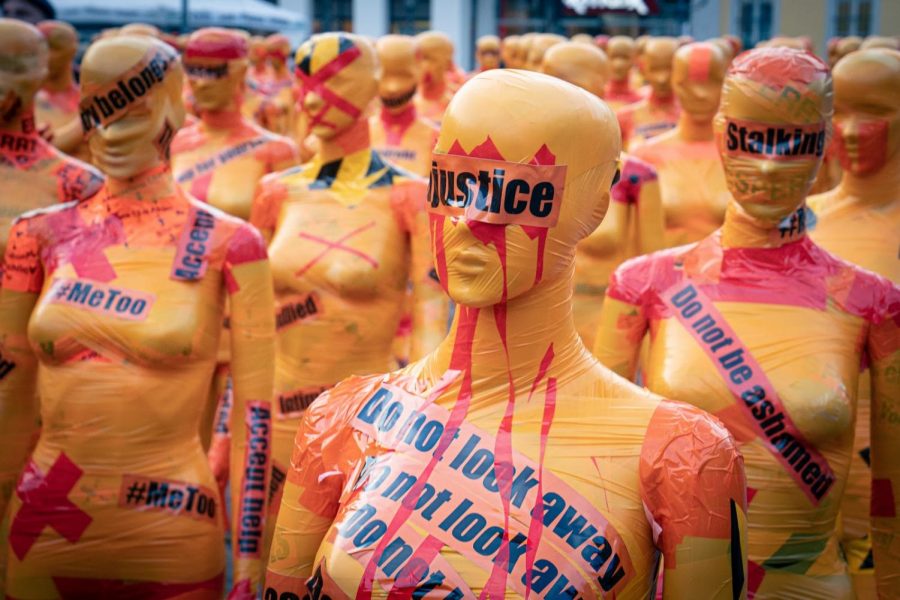‘It could have been me’
April 1, 2021
A feminist power movement has gone global in light of the murder of Sarah Everard. Due to the pandemic, authorities encouraged residents of Brixton, London not to use public transport and to opt for walking or driving, and that’s exactly what she did. But on March 4, the 33-year-old was reported missing when she didn’t return from her regular walk home. Police found her remains hidden in nearby woods later that week, and charged one of their own serving officers, Wayne Couzens, for the abduction and murder of Everard.
All around the world, women are coming out to speak about what it’s like to live as a woman in society. They utter the same phrase over and over again:
“It could have been me.”
It could have been any of us. Sarah Everard represents the threat posed to every woman in modern society.
Every 73 seconds, an American is sexually assaulted.
78 percent of trafficking victims are women.
86 percent of intimate partner violence victims are women.
90 percent of rape victims are female.
Women are 3 times more likely to be stalked than men. 67 percent of their stalking offenders are men.
And while it’s commonly argued that men are more likely to be homicide victims, women are twice as likely to be killed by someone they know.
It doesn’t stop here.
One in six women has been the victim of attempted or completed rape in her lifetime. 97 percent of women have been catcalled, sexually harassed, violated, assaulted, or repeatedly asked for explicit pictures.
We live in a patriarchy- one that keeps women afraid, uncomfortable, and censored for the benefit of a male. It is as subtle as a public school dress-code and as loud as the screams from an innocent and unwilling body.
Not all men, but enough men.
- Department of Justice, Office of Justice Programs, Bureau of Justice Statistics, National Crime Victimization Survey, 2018 (2019)
- i. Department of Justice, Office of Justice Programs, Bureau of Justice Statistics, Female Victims of Sexual Violence, 1994-2010 (2013); ii. National Institute of Justice & Centers for Disease Control & Prevention, Prevalence, Incidence and Consequences of Violence Against Women Survey (1998).
- National Institute of Justice & Centers for Disease Control & Prevention, Prevalence, Incidence and Consequences of Violence Against Women Survey (1998).
- United States Department of Health and Human Services, Administration for Children and Families, Administration on Children, Youth and Families, Children’s Bureau. Child Maltreatment Survey, 2012 (2013).
- Department of Justice, Office of Justice Programs, Bureau of Justice Statistics, Sex Offenses and Offenders (1997).
- Department of Justice, Office of Justice Programs, Bureau of Justice Statistics, Female Victims of Sexual Violence, 1994-2010 (2013).






